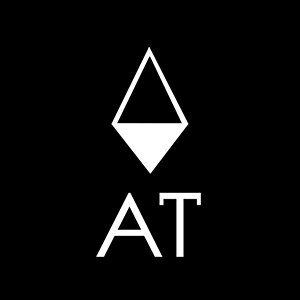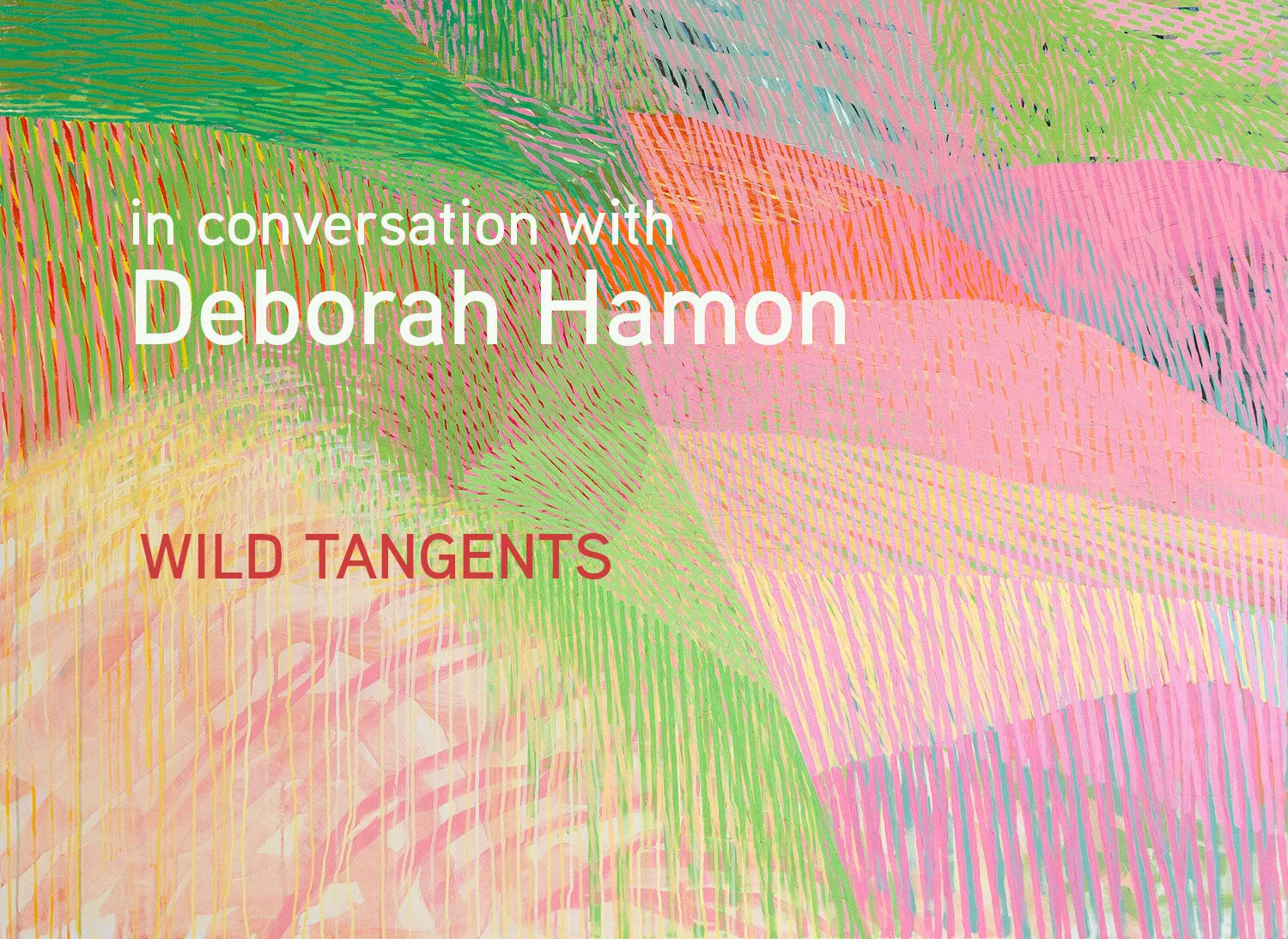Hindsight 20/20
Although many of us would love to leave the year 2020 in the past, there’s never a better opportunity to reflect than the first few weeks of the new year. Taking this time to remember and sum up your year is a helpful tool for learning your strengths and weaknesses. It can also be a chance to start anew, try something different, and develop new strategies.
Overall, my experiences in 2020 left me with one big impression: The Human Spirit is Irrepressible. We have an enormous capacity for change and the ability to recover and move on from many tragic events. It takes time, and creativity but eventually we heal. And as we grow older, surviving hardship and grief at various ages, we come to the realization that Gloria Gaynor always knew “I Will Survive”.
This year I tried many new things to survive. I found ways to work better from home with video calls and online classes. I took more photo walks; traveled locally, launched an online gallery, and curated four exhibitions under unusual circumstances. As much as I could, I turned to nature to marvel at her adaptability and resilience for inspiration.
Last summer, I connected with long-time friend Caetlynn Booth and we set about curating a bi-coastal virtual exhibition. In the West Coast version of the exhibition “Wild Tangents” I asked 13 artists to express their shifts in practice during the COVID-19 pandemic. Most of them were already enthralled with the power and spontaneity of nature. Some dove deeper and uncovered new revelations. Others responded instinctually to climate events and changes in animal behavior. Below are a few of their reflections on the work they did in 2020 and the tangents they untangled.
Recently my co-curator and I had a chat on Zoom to discuss the exhibition and what we learned from our first time curating a virtual exhibition. Click below to watch and stay tuned for more interviews with artists from the show.
ARTIST QUESTIONS
JOY BROOM
Can you tell us about the work you made in 2020?
Layering elements of the natural world, biology has been a constant and grounding force in the way I see the world. This year I made further explorations into history and memory by combining my invented drawings with inherited old family letters and photographs.
In 2020, the very process of making this work in the context of a global pandemic—dismantling my mother’s and grandmother’s old photo albums, drawing directly on all the surfaces, cutting this stuff up either into tiny shards or insect shapes, gluing pieces back into my drawings—has oddly felt like ballast in these uncertain waters. The studio work itself feels safe, although the albums have been stripped and emptied, their careful order is gone. I’m now using the natural world to hang on for dear life; although I don’t entirely trust it anymore. I am a part of this history; the family trees are mine. This is the first time I’ve made the Ancestral work directly addressing my own mortality.
LAURA CORALLO-TITUS
Did your art practice take any unexpected turns in 2020?
My practice was amplified during the pandemic both by lack of distractions and more time spent out hiking. It was incredible to witness the changes occurring without the usual traffic and sky travel. I was also grateful to witness the regeneration of some areas devastated by the 2017 Napa fire. These things provided an oasis in the despair of the pandemic.
Would you describe your current feelings about nature as more hopeful or distressed or a little of both?
My work is a response to a natural world that I see as highly disrupted by both our actions and our increasing disassociation from it. I am cautiously hopeful that the pandemic has increased awareness of our interconnectedness with nature and of the need to take the required steps to protect the planet. I think the virus has highlighted how greatly our actions impact each other.
ARMINÉE CHAHBAZIAN
Has your relationship with nature changed or been amplified in some way during the global pandemic?
I live and work surrounded by nothing but nature, and lots of it. By being immersed 24/7 in all that nature provides, I carefully examine and interpret patterns of weather, light, plant growth and death, water, and wildlife movements to weave my own narratives and speak of our time and place on this planet.
The global pandemic really did not change my process of observation and the development of themes in my work, but it has certainly heightened my respect for nature, knowing that she is ultimately in control. Recognizing the vulnerability of all life forms (and what sustains them) is extremely humbling.
I am hopeful that people are now paying closer attention to their natural surroundings, even on a very simple level (like hearing their backyard birds for the first time). Yet, in the course of the last decade, I am witnessing major shifts in my natural surroundings which continue to distress me.
CARRIE LEDERER
Describe how your work demonstrates your relationship with the natural world.
My current work consists of ornate compositions that use a pattern-based topographical matrix to portray ideas about land and our natural world. I use paint, fabric, fur, flock, glitter, glass eyes, and more to construct images that are simultaneously ordered, in disarray, realistic and abstract. The tapestry-like format is dense, haphazard, sometimes tangled, and bursting with energy. Seemingly chaotic and lacking of floor-plan, the terrain is teeming with activity, and like our natural world, one pocket of activity finds connection and entwines into the next.
Has your art practice taken an unexpected turn in 2020?
During these months of pandemic life, I’ve noticed an increased cacophony in my work. Intense neon pinks and luminous yellows have appeared and often hold center stage along with my usual vibrant greens. A scrabble of patterns and textures, from herringbone to paisley, have become common stand-ins for landscape in My Abstracted Garden series. Perhaps it’s nervous energy.
Overall, the work continues to stem from a personal curiosity about nature, our connection to it, and a fascination with its immense power. My visual interpretations basically tell the story of the wild transformations in nature that are taking place on a daily basis, giving an order to a chaotic world of energy and change.
Nicole Irene Anderson, (left) Deniers, (SOLD) oil on hardboard, 6 x 6” (right) Countrymen, oil on hardboard, 6 x 6”
NICOLE IRENE ANDERSON
Has your art practice taken an unexpected turn in 2020?
Right before the pandemic, I was in an exhibition at the Museum of Sonoma County. At the exhibition’s conclusion, I was in the process of looking at the six paintings in the show and thinking about where offshoots for future bodies of work could emerge. During the pandemic, I was able to slow down even more and delve into the tangents of my work and spend more time finding new imagery which is something I’ve tended to rush through in order to spend more time painting or drawing. Allocating more time to the research part has helped inform the content of my work and brought on a lot of new creative energy. I now have years’ worth of ideas for paintings and drawings that will keep me busy for a while. The problem is I just can’t seem to work fast enough and can get a bit impatient.
How did your practice help you cope with the challenges and stress of the pandemic?
I’m not sure what I would do without my practice–with or without a pandemic. Having a fruitful creative life has certainly helped distract me from the tight financial circumstances I have experienced as a result of lockdown. Making art during the pandemic, or really through the entirety of everything we experience in this modern life, makes me feel like a part of history, and there’s something comforting in that.
DEBORAH HAMON
Click below for a conversation with artist Deborah Hamon. We discuss her transition from narrative to landscape painting; her journey to the Arctic with the Polar Pom-Pom Project; and how the pandemic has altered her practice in the studio.

![Gloria Gaynor - I Will Survive [Official Video] 1978](https://images.squarespace-cdn.com/content/v1/5b58b461506fbea6c33e2287/1609979580352-Y3WT9TEMDTYKB2GT0M8F/mainGLRGNR_R.jpg)






